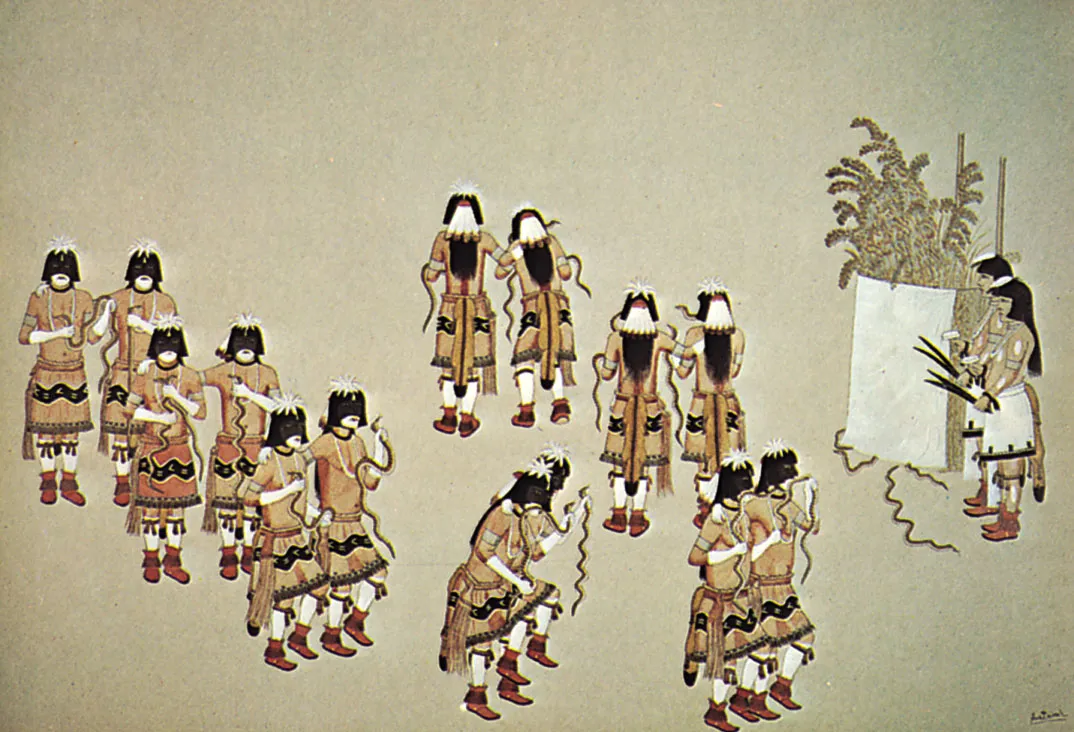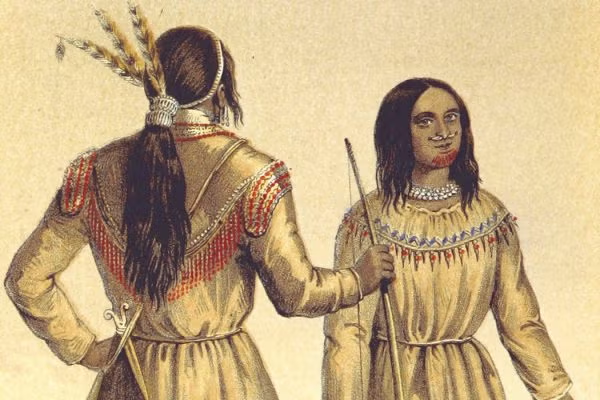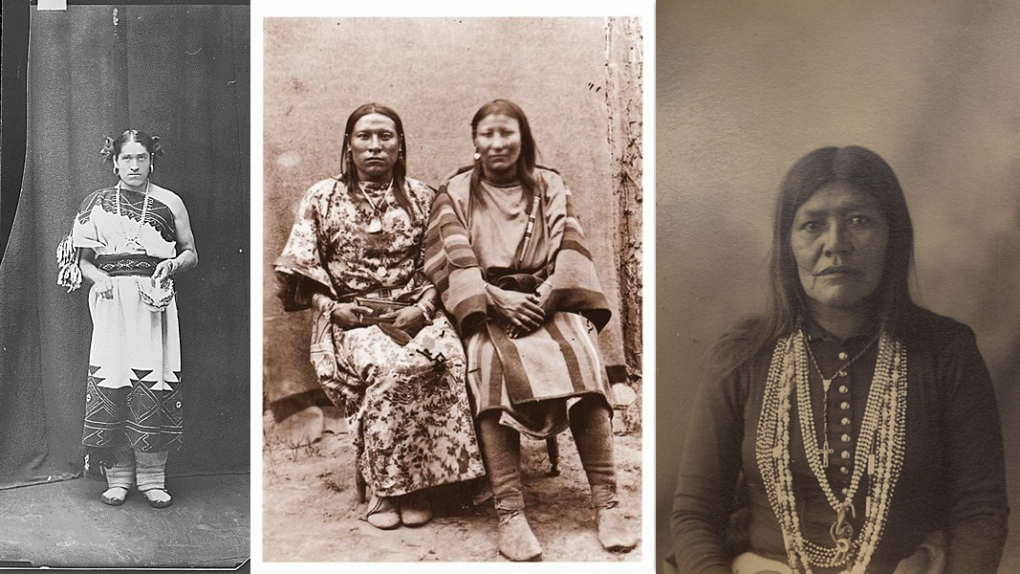“Forgotten Ancient Wisdom: The Belief in Two Souls in Native American and Pre-Christian Traditions”

For thousands of years, diverse cultures around the world have pondered the nature of the soul. Long before the rise of organized religions and the dominance of scientific materialism, ancient peoples explored spiritual truths through oral traditions, rituals, and lived experiences. One profound yet often overlooked belief, common across many Indigenous and pre-Christian societies, is the idea that humans possess not one, but two souls.
This ancient concept, found in Native American traditions, Old Norse spirituality, Finno-Ugric folklore, and other pre-Christian belief systems, offers a strikingly different view of the human spirit—one that sees existence not as singular and linear, but dualistic, cyclical, and interconnected with the world beyond.
The Dual Soul Belief Explained
In these traditions, the human being is not merely body and soul—but rather body, spirit, and two distinct souls. While the terminology differs, the pattern remains strikingly consistent:
- One soul is linked to the physical body, tied to breath, movement, and everyday consciousness.
- The other is spiritual, able to travel during dreams, depart at death, or even wander during rituals or visions.
These two aspects are often described as a life-sustaining soul and a free or shadow soul.
Native American Perspectives: The Breath and the Spirit
Among various Native American cultures, including the Inuit, Lakota, and Hopi, dual-soul beliefs are deeply embedded in cosmology and healing practices.
- The Lakota, for instance, believe in the “Nagi” (spirit) and “Niya” (life force). The Nagi is more enduring and survives death, while the Niya animates the body and connects to breath—leaving the body at death.
- The Inuit tradition holds that a person has a soul that remains with the body and another that can travel or be reincarnated into others or animals, explaining spiritual continuity.
- In many Native stories, one soul can leave the body temporarily—such as in dreams, visions, or shamanic journeys—while the other maintains the body’s function.
This belief wasn’t metaphorical but deeply tied to their understanding of death, illness, and transformation.

Pre-Christian and Pagan Views: Echoes from the North and East
Pre-Christian Europe—particularly among Norse, Slavic, Celtic, and Finnish peoples—carried remarkably similar beliefs.
- The Old Norse spoke of the “hugr” (mind/soul) and “fylgja” (spiritual follower or double). One stayed within, the other could appear in dreams or animal form.
- The Sámi of Northern Europe believed in a free soul (radien) and a body-bound soul (jábme). Shamans used trance to send the free soul to other realms.
- Ancient Finnic cultures viewed the “itse” and “henki” as twin spirits—one social, one personal.
- Among the Balts and Slavs, the idea of a wandering soul and an ancestral or protective spirit was reflected in funeral and seasonal rites.
These traditions often influenced early Christian folklore, where notions of ghosts, doubles, or soul-animals persisted in rural Europe.
Why Two Souls? A Framework for Understanding Life and Death
The dual-soul belief system offered a practical and spiritual framework:
- Dreaming and visions were seen as real soul-travel, not illusion.
- Illness could result from soul-loss—one soul becoming separated—and healing required soul retrieval, not just physical medicine.
- Death was not simply the end but a transition of one soul, while another might remain to protect the family or rejoin the Earth.
- The idea that one soul could reincarnate while the other lingered or guided was widespread.
Suppression and Survival
With the spread of Christianity and colonization, these dual-soul beliefs were dismissed as heretical, pagan, or superstitious. Native traditions were systematically suppressed, and Indigenous languages that carried these deep concepts were nearly erased.
Despite this, these beliefs survive in oral history, ritual practice, and modern spiritual revival movements. Contemporary shamans and Indigenous healers continue to honor the wisdom of the two souls in ceremonies, healing practices, and community life.
Modern Echoes and Scientific Parallels
Interestingly, modern psychology and neuroscience have begun to hint at similar dualities:
- The conscious and unconscious minds.
- The split-brain theory, suggesting two cognitive centers.
- The idea of the ego and the shadow in Jungian thought.
While not equivalent, these models reflect a growing understanding that human identity is multifaceted, perhaps echoing truths long known to ancestral cultures.

Conclusion: Remembering What Was Forgotten
The belief in two souls is not a relic of a superstitious past—it is a profound spiritual insight from cultures that lived in deep relationship with nature, death, and mystery. Reexamining and respecting this ancient wisdom offers us not only a broader view of human spirituality but a way to heal the fragmented soul of the modern world.
In remembering the dual soul, we honor the resilience of Indigenous and pre-Christian peoples and open ourselves to a deeper understanding of what it truly means to be human.




